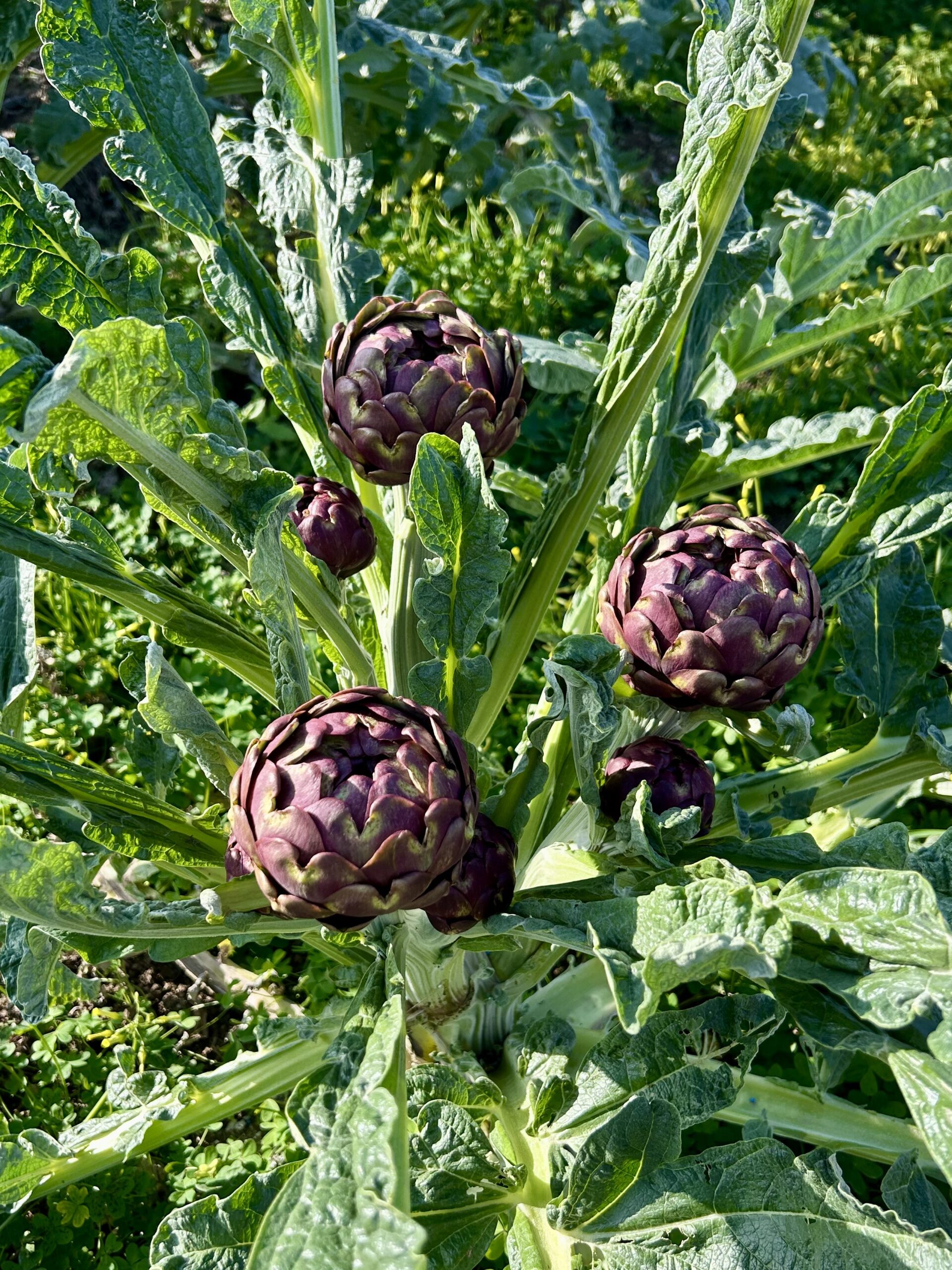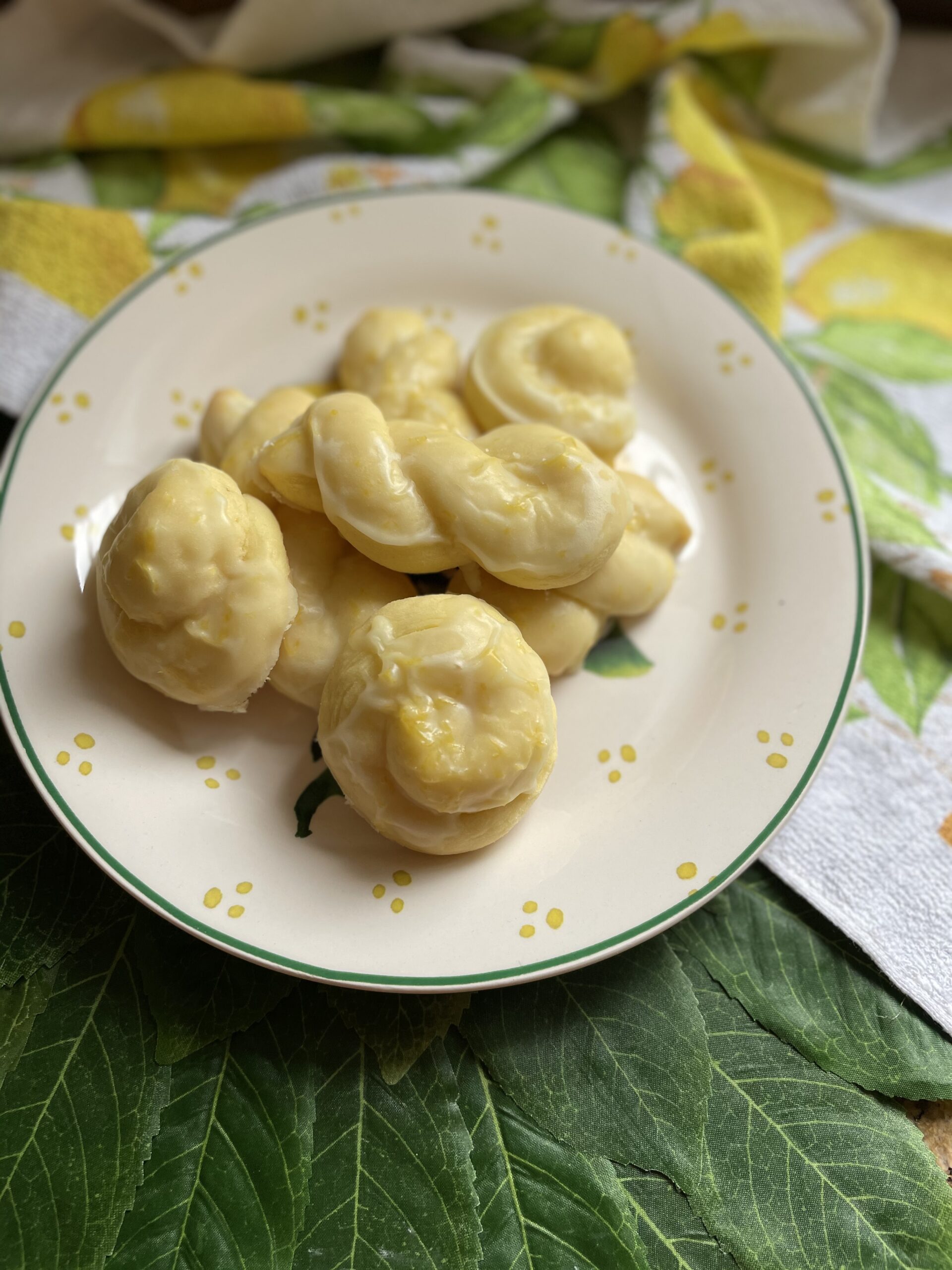There is a well-known quote by Italian filmmaker Federico Felling that says, “Life is a combination of magic and pasta”. Truth be told, for me, pasta is magic; from the transformation of three simple ingredients into hundreds of different shapes to be enjoyed in a countless number of ways, to the joy it invokes for me in both making and eating it (it is a scientific fact that carbohydrates in pasta increase the body’s production of serotonin which triggers feelings of happiness).
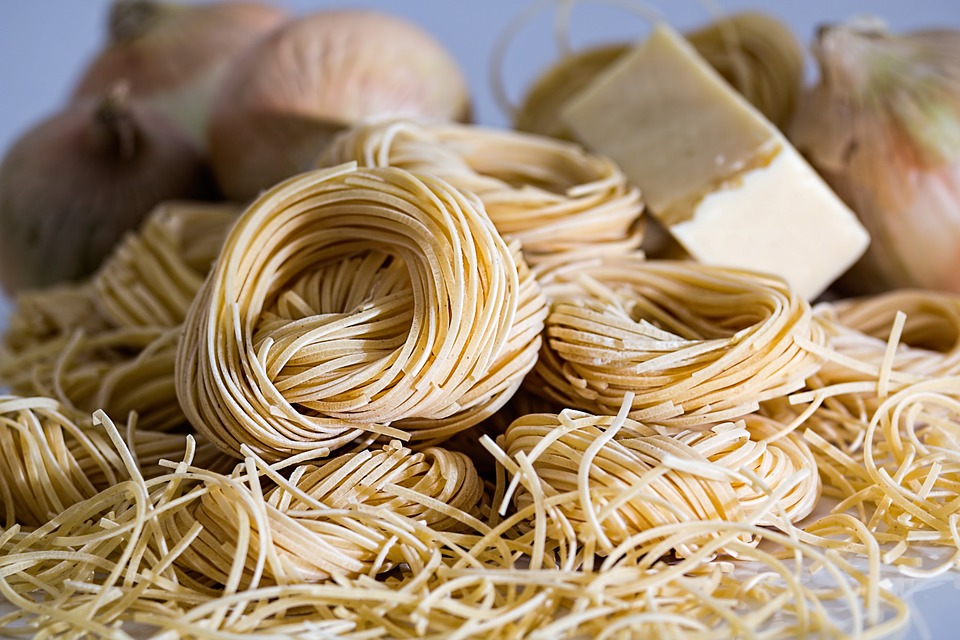
In celebration of World Pasta Day, and my overall love of pasta, I thought I would share a bit of knowledge and history on its origins.
While many believe that pasta is authentically Italian, the truth is, every country has its own variation on this staple. Although there is a popular belief that pasta was introduced to Italy by Marco Polo following his 13th century expedition to the Far East, the origins of pasta go back even further. Its origins can be traced back to the 4th century B.C., where an Etruscan tomb displayed the markings of a group of natives making what appears to be pasta.
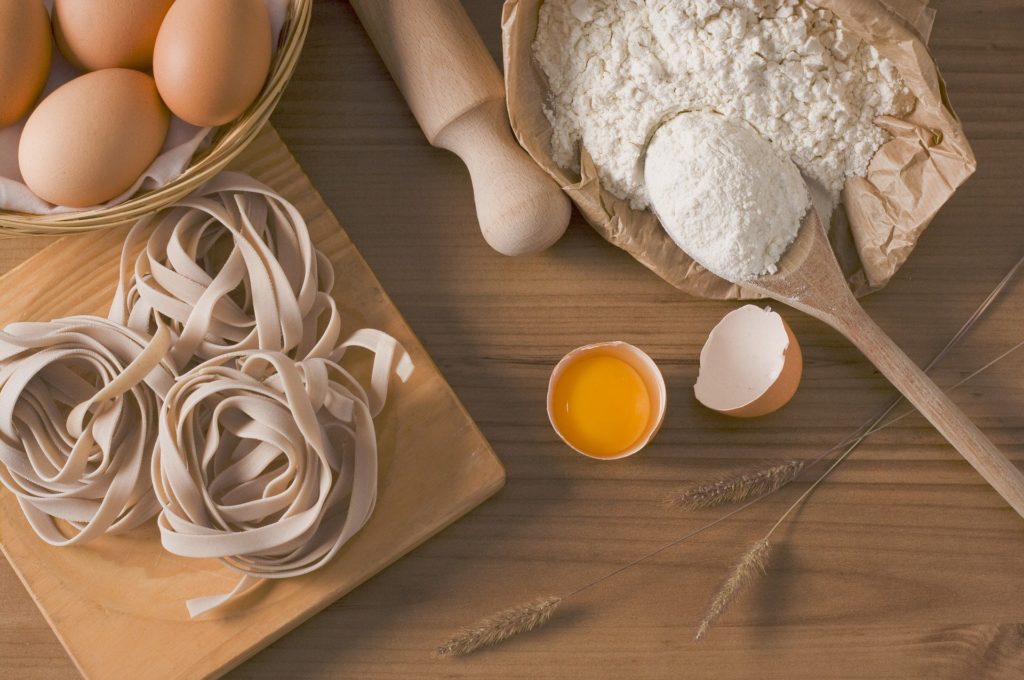
Greek mythology also suggests that Greek god Vulcan invented a device that produced strands of dough much like a pasta extruder. Furthermore, the word pasta means “paste” which refers to dough that is made from a combination of flour and water or flour and eggs, ingredients that have been used for centuries to make noodles, dumplings, and pastries.
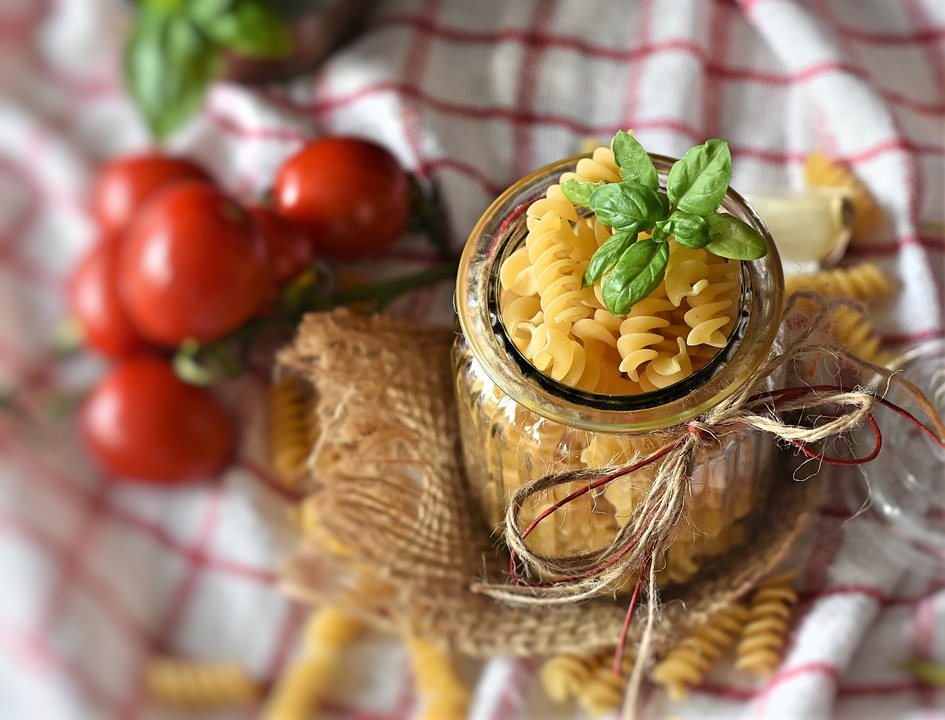
Despite the literal translation and the global variations that exist, the word “pasta” typically brings to mind traditional Italian noodles that are made from a dough consisting of ground durum wheat and water or eggs. Durum wheat has a long shelf life due to its high gluten content and low moisture, therefore making it ideal for pasta production.
In Italy, pasta was initially something, that was primarily consumed, by the more affluent members of society. The industrial revolution in the 1800s made it more affordable for the working class, creating a shelf stable and versatile product that would become a kitchen staple.
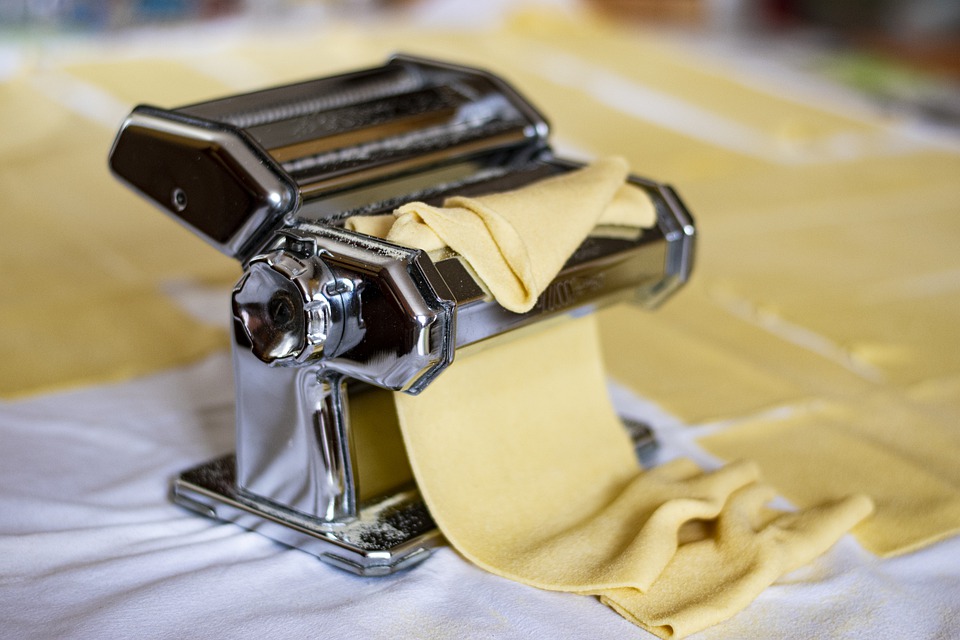
Italian pasta comes in two versions: pasta fresca (fresh pasta) and pasta secca (dried pasta). When it comes to pasta shapes however, the number is staggering; there are over 600 shapes, that are categorized as follows: pasta lunga (long pasta) such as spaghetti or fettuccini, pasta corta (short pasta) like penne or fusilli, pasta stampata (pressed or shaped pasta) such as farfalle and last but not least pastina which are miniscule shapes like stelline that are meant for soup. Each of these shapes serves their own delectable purpose, some can be stuffed, some are better suited for holding sauce in their ridges and others are better for baking. For every pasta, there is a sauce that is best suited to complement its shape (I will reserve that discussion for another blog).
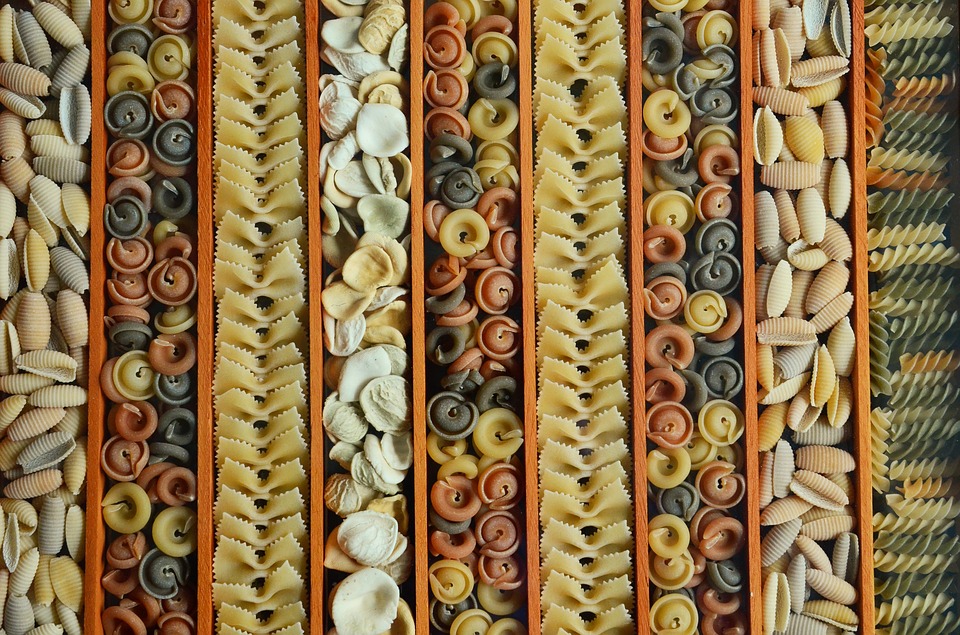
When it comes to this dish there are endless pastabilities which is evidenced by the fact that millions of tons of pasta are consumed annually across the globe as well as the fact, that it is celebrated by an international holiday. Happy World Pasta Day! Buon Appetito!





